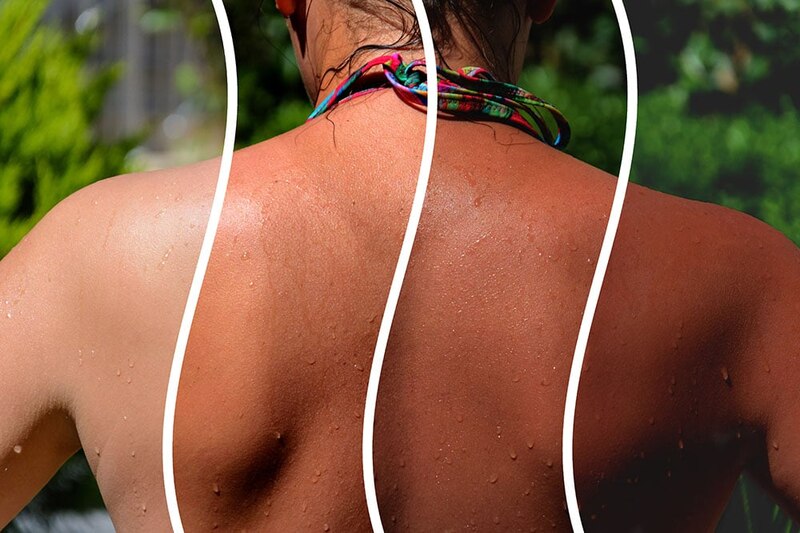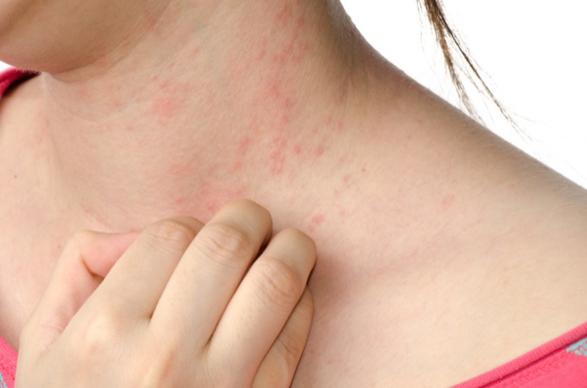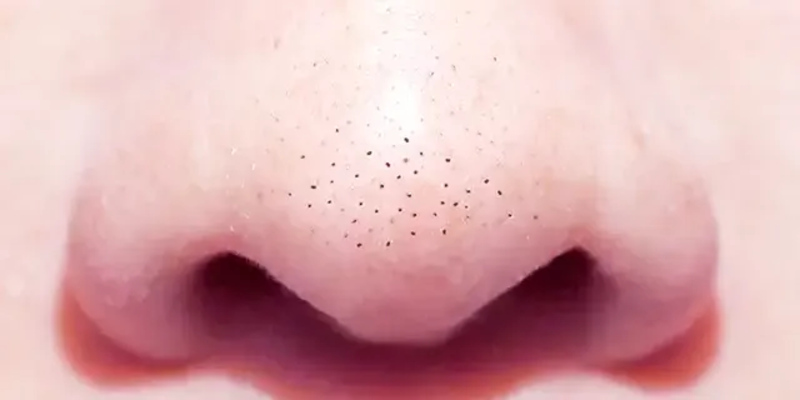Spray tans are favored because they offer a tan color without damaging sunlight effects. However, worries regarding their safety and possible influences on skin wellbeing make many doubt about using them. This article investigates the safety of spray tans, what is inside self-tanning goods, and important things to understand for making wise decisions in getting a sun-like shine.
How Spray Tans Work
To get a spray tan, you put on your skin a liquid that usually dihydroxyacetone (DHA) in it. This clear sugar works with the amino acids present at the surface of our skin and makes it turn brown for a short time. Spray tans are different from the old ways of getting tanned because they don't need UV rays to work. They do not require sunlight or the use of sunbeds which can decrease greatly the possible harm to the skin and health problems related to this. But, understanding the details of the ingredients used and their possible impacts on the skin is crucial.

Apart from DHA, many spray tan recipes also have other elements like erythrulose. This ingredient makes the tan look more natural by improving the browning effect. The method of putting on a spray tan can be different; professional spray tans usually use an airbrush machine for uniform coverage, while products for use at home may be in the form of aerosol cans or sprayer bottles. It is very important to read and follow application instructions and take into consideration things like type of skin, intended shade, and how long you want the tan to last to get the most satisfying results.
- Application Technique: Proper techniques can improve the outcome of a spray tan and reduce streaking.
- Preparation: Exfoliating the skin before applying a spray tan can create a smoother canvas for even color.
Ingredients in Self-Tanning Products
The main ingredient in most self-tanning items, such as sprays, lotions, and mousses, is DHA. The FDA approves it for use on the skin which signifies that it's typically safe to apply topically. However, there might be other ingredients contained in some products that can result in allergic reactions or irritation of the skin particularly for people who have sensitive skin. For example, some smells and specific preservatives could cause reactions. It is good advice to check the list of ingredients thoroughly and do a small skin test to see if your skin agrees with the product.
Many products for self-tanning also contain moisturizers or elements for skin care. These are targeted at keeping the skin moist and extending the duration of the tan. Such extra parts could improve your skin's texture and lessen the chances of getting dry sometimes when you tan. Understanding these extra ingredients is necessary as they can affect how safe and effective the product will be overall.
- Patch Testing: Always perform a patch test before full application to ensure compatibility with your skin.
- Ingredient Awareness: Stay informed about common allergens found in self-tanners to prevent adverse reactions.
Potential Health Risks
Even though spray tanning is typically thought to be safe for a majority of people, there can still be possible dangers you must consider. One worry could be breathing in the solution used during spray tanning. Even if the danger level is quite low when items are utilized as suggested, lungs have sensitivity towards substances not usually found within them. Applying spray tans in areas with good ventilation and using the correct methods of application can reduce this danger. Also, people with breathing problems or asthma should get advice from a healthcare expert before they use these items.
The health of the skin is very important. Too much exposure to spray tan solutions, particularly through breathing it in or accidentally swallowing it, can cause irritation and other problems. Some research indicates that continuous contact with some tanning substances might lead to changes in the skin after a while. Keeping good air circulation when using these products and adhering strictly to safety rules are key steps towards reducing such dangers.
- Ventilation: Ensure the area is well-ventilated to reduce inhalation of tanning agents.
- Consultation: Seek professional advice if you have pre-existing respiratory conditions before using spray tans.
Skin Reactions and Allergies
Reactions on the skin can happen with any beauty product, and self-tanning solutions are also included. Many people bear spray tans without problem but few may feel itching redness or rash. These reactions could be due to many things like the reaction of certain ingredients with sensitive skin or incorrect use of the product. To decrease the danger of bad reactions, we suggest going by the guidelines given with pr carefully and blending different brands or types of self-tanners. If there is a reaction, stop using it right away and ask for advice from a skin doctor.

Sometimes, allergic reactions show as contact dermatitis and might need creams or antihistamines to soothe. People having delicate skin or identified allergies should be careful while experimenting with fresh self-tanning items. Maintaining a note of any negative effects can assist in choosing more secure alternatives later on.
- Record Keeping: Document any reactions to specific products for future reference.
- Seek Medical Advice: If a severe reaction occurs, consult a healthcare professional for appropriate treatment.
Long-Term Effects of Self-Tanning Products
The ongoing research is still focusing on the long-lasting impact of regular use of self-tanning products. Most proofs indicate that if these items are appropriately used, they don't have much dangerous influence on the skin. Yet, overuse or improper usage can result in uneven skin color or irregular tan which might need treatment or fixing. Also, it is crucial to think about how these items can impact the health of your skin over a period. Keeping up with an appropriate skincare regimen, such as hydrating and removing dead skin cells regularly, may aid in maintaining healthy skin and prolonging tan lifespan.
Often, if self-tanning items are used all the time, it can cause skin to change color or texture. Between using these products, you should pause to let your skin get better. Sometimes meet with a dermatologist - they understand changes in the skin and know best how to fix them.
- Breaks Recommended: Taking breaks from self-tanning can prevent adverse skin changes over time.
- Dermatological Checkups: Regular skin checkups can help identify any long-term effects of tanning products.
Making Informed Choices About Spray Tans
When thinking about spray tans, people must measure the advantages and disadvantages according to their own skin type and health requirements. A discussion with a dermatologist can give customized advice and deal with any issues linked to skin wellness. Also, preferring items marked as free of paraben or hypoallergenic may reduce the chances of irritation. In the end, knowing about how safe spray tans are and what self-tanning products contain gives people the power to choose in line with what they want for their beauty and health.
Selecting items from recognized brands and checking customer feedback gives extra confidence in safety and effectiveness. Also, staying updated with recent studies about tanning products helps make decisions regarding safe use. Making well-informed decisions leads to benefits for beauty as well as health.
- Brand Research: Investigate product reviews and brand reputation for safer choices.
- Stay Updated: Follow new research and developments regarding self-tanning products for informed decision-making.
Conclusion
Using spray tans properly is a safer choice compared to usual ways of tanning. It's important to know what they are made from, possible dangers, and how best to apply them for safety and good skin health. If people make wise choices, they can get pleasure from having golden-tinted skin but still lessen the problems connected with sun rays exposure or the use of tanning beds.







